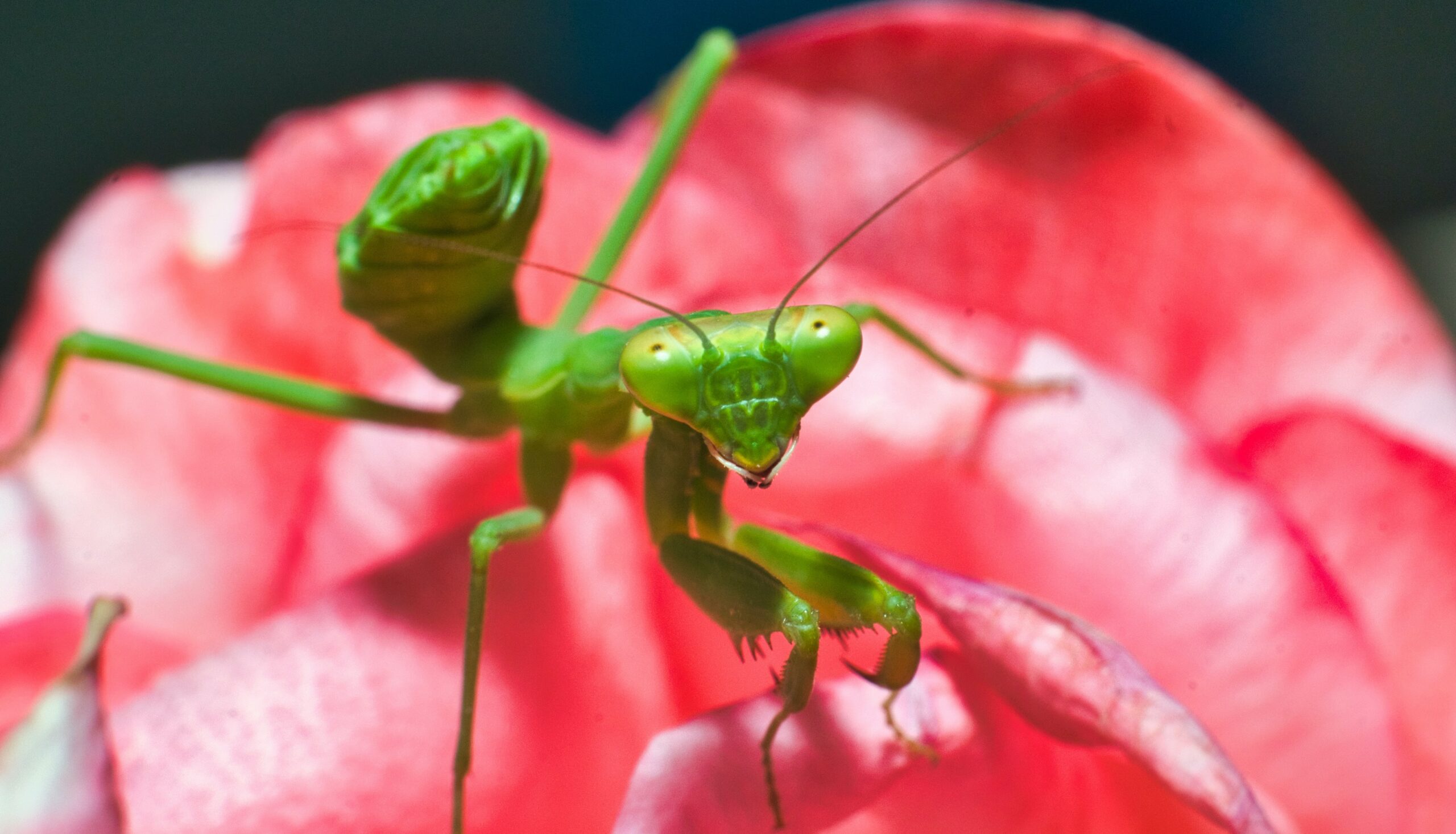Three species of praying mantids can be found in Illinois

JACKSONVILLE, Ill. — Praying mantids are a common site in the fall, and we often encounter their egg cases (ootheca) this time of year too.
Did you know three species of praying mantids can be found in Illinois? While praying mantids are a welcome sight to some, others are concerned about the presence of the non-native species.
Carolina mantid
One native species of praying mantid, the Carolina mantid (Stagmomantis Carolina), can be found in the southern 2/3 of the state. These are the smallest mantids found in the state, with adults reaching about 2-2 ½ inches long when fully grown. Adults can range in color from gray to brown or green, and their coloration can be mottled or solid.
The oothecae of Carolina mantids are elongated, slender and about 0.5-1 inch long. The outsides are tan, while the center is whiteish with dark brown stripes on either side.
Chinese mantid
Chinese mantids (Tenodera sinensis) are the most commonly encountered praying mantid in Illinois. They were first noticed in the United States in 1897 in the Mount Airy neighborhood of Philadelphia. In the early 1900s, the oothecae were often gathered and distributed widely to help manage pests. Today, the ootheca can still be purchased from some garden catalogs.
Chinese mantids can be green or tan/brown and are up to five inches long. Their oothecae are rounded and tan, resembling a toasted marshmallow and about the size of a ping-pong ball.
European mantid
European mantids (Mantis religiosa) were first found in North America in Rochester, New York, in 1899. Like Chinese mantids, they were likely introduced on plant material. The oothecae were also widely gathered and distributed for use in pest management.
Like Chinese mantids, they can range in color from tan to green. However, they are smaller, getting to about three inches long as adults. European mantids have a black dot on the underside of their front legs near their bodies. Their oothecae resemble Carolina mantids but are larger, around 1.5-2 inches long, and more uniform in color.
What should I do with the ootheca of non-native mantids?
Because of their large indiscriminate appetite, some people are hesitant to leave oothecae in their landscapes when they encounter them, particularly those of the non-native Chinese and European mantids. While they are not native to North America, some research has shown that they don’t have much of a negative impact on insect populations, likely because they are generalist predators and don’t focus on one group of insects/prey.
So what is one to do? To some, the negative impact these non-native species may have on our native mantid populations and ecosystems is reason enough for them to gather up the oothecae and destroy them. At the same time, others enjoy seeing them and will purchase oothecae and place them in their landscapes.
A lot will depend on how strongly you feel about non-native species. While many non-native species have little to no negative effects on our native species, even celebrated non-native species like honey bees can negatively impact native species.
Miss Clipping Out Stories to Save for Later?
Click the Purchase Story button below to order a print of this story. We will print it for you on matte photo paper to keep forever.

